Cheese Recipes is a food derived from milk that is produced in a wide range of flavours, textures, and forms by coagulation of the milk protein casein. It comprises proteins and fat from milk, usually the milk of cows, buffalo, goats, or sheep. During production, the milk is usually acidified, and adding the enzyme rennet causes coagulation. The solids are separated and pressed into final form.
Hundreds of types of cheese from various countries are produced. Their styles, textures and flavours depend on the origin of the milk (including the animal’s diet), whether they have been pasteurized, the butterfat content, the bacteria and mold, the processing and aging.
Herbs, spices, or wood smoke may be used as flavouring agents. The yellow to red colour of many cheeses, such as Red Leicester, is produced by adding annatto. Other ingredients may be added to some cheeses, such as black pepper, garlic or chives.
For a few cheeses, the milk is curdled by adding acids such as vinegar or lemon juice. Most cheeses are acidified to a lesser degree by bacteria, which turn milk sugars into lactic acid, and then the addition of rennet completes the curdling.
Making of Cheese
Curdling
A required step in cheese making is separating the milk into solid curds and liquid whey. Usually this is done by acidifying (souring) the milk and adding rennet. Most cheeses are made with starter bacteria but some fresh cheeses are curdled only by acidity, but most cheeses also use rennet. Rennet sets the cheese into a strong and rubbery gel compared to the fragile curds produced by acidic coagulation alone.
Curd processing
At this point, the cheese has set into a very moist gel. Some soft cheeses are now essentially complete: they are drained, salted, and packaged. For most of the rest, the curd is cut into small cubes. This allows water to drain from the individual pieces of curd.
Some hard cheeses are then heated to temperatures in the range of 35–55 °C. It also changes the taste of the finished cheese, affecting both the bacterial culture and the milk chemistry.
Most cheeses have the salt mixed directly into the curds whereas some cheeses are salted from the outside with dry salt or brine washes. Salt provides salty flavour, preserves cheese from spoiling, draws moisture from the curd, and firms’ cheese’s texture in an interaction with its proteins. Other techniques like stretching, cheddaring and washing also influence a cheese’s texture and flavour.
Most cheeses achieve their final shape when the curds are pressed into a mold. The harder the cheese, the more pressure is applied.
Ripening (aging)
A newborn cheese is usually salty yet bland in flavour and rubbery in texture. This aging period lasts from a few days to several years. As a cheese ages, microbes and enzymes transform texture and intensify flavour. This transformation is largely a result of the breakdown of casein proteins and milk fat into a complex mixture of amino acids, amines, and fatty acids.
Types of cheese recipes
There are several types of cheese, which are classified according to criteria such as moisture content, length of ageing, texture, methods of making, fat content, animal milk, country of origin, etc. The method most commonly and traditionally used is based on moisture content, which is then further narrowed down by fat content and curing or ripening methods. The criteria may either be used singly or in combination, but with no single method being universally used for cheese classification.
1. Moisture: Soft to hard
The factor that controls cheese hardness is moisture content, which depends on the pressure with which it is packed into moulds, and upon aging time. Categorizing cheeses by moisture content or firmness is a common but inaccurate practice. The lines between “soft”, “semi-soft”, “semi-hard”, and “hard” are arbitrary, and many types of cheese are made in softer or firmer variants.
a.Soft cheese
Cream cheeses are not matured. Brie and Neufchatel are soft-type cheeses that mature for more than a month.
b.Semi-soft cheese
Semi-soft cheeses have high moisture content and tend to be mild-tasting. Some well-known varieties include Havarti, Munster and Port Salut.
c.Medium-hard cheese
Cheeses that range in texture from semi-soft to firm include Swiss-style cheeses such as Gruyere, Gouda and Edam.
d.Semi-hard or hard cheese
Harder cheeses have lower moisture content than softer cheeses. They are generally packed into moulds under more pressure and aged for a longer time than the soft cheeses. The best example of this group is Cheddar.
Hard cheeses — “grating cheeses” are quite firmly packed into large forms and aged for months or years eg Parmesan and Pecorino.
2.Sources of milk used
Some cheeses are categorized by the source of the milk used to produce them or by the added fat content of the milk from which they are produced. While in most of the world commercially available cheese is made from cow’s milk but many parts of the world also produce cheese from goats and sheep. Well-known examples include Roquefort (produced in France) and Pecorino Romano (produced in Italy) from ewe’s milk.
3.Mold (Fungus)
There are three main categories of cheese in which the presence of fungus is an important feature: soft ripened cheeses, washed rind cheeses and blue cheeses.
a.Soft-ripened
Soft-ripened cheeses begin firm and rather chalky in texture, but are aged from the exterior inwards by exposing them to mold. The mold may be a velvety bloom of Penicillium candida or P. camemberti that forms a flexible white crust and contributes to the smooth, liquid or sticky textures and more intense flavours of these aged cheeses. eg Camembert, brie
b.Washed-rind
Washed-rind cheeses are soft in character and ripen inwards with molds; however, they are treated differently. Washed-rind cheeses are periodically cured in a solution of saltwater and mold-bearing agents that may include beer, wine, brandy and spices, making their surfaces amenable to a group of bacteria (Brevibacterium linens) that impart pungent odours and distinctive flavours, and produce a firm, flavourful rind around the cheese. Washed-rind cheeses can be soft (Limburger), semi-hard, or hard (Appenzeller).
c.Smear-ripened
Some washed-rind cheeses are also smear-ripened with solutions of bacteria or fungi, most commonly Brevibacterium linens, Debaryomyces hansenii, and Geotrichum candidum, which usually gives them a stronger flavour as the cheese matures. In some cases, older cheeses are smeared on young cheeses to transfer the microorganisms. Many, but not all, of these cheeses have a distinctive pinkish or orange colouring of the exterior. Unlike with other washed-rind cheeses, the washing is done to ensure uniform growth of desired bacteria or fungi and to prevent the growth of undesired fungus.
d.Blue
Blue cheese is created by inoculating a cheese with Penicillium roqueforti or Penicillium glaucum. This is done while the cheese is still in the form of loosely pressed curds, and may be further enhanced by piercing a ripening block of cheese with skewers in an atmosphere in which the fungus is prevalent. The mold grows within the cheese as it ages. These cheeses have distinct blue veins, which gives them their name. The molds range from pale green to dark blue, and may be accompanied by white and crusty brown molds. Their texture can be soft or firm. Some of the most renowned cheeses are Roquefort, Gorgonzola and Stilton.
4.Brined
Brined or pickled cheese is matured in a solution of brine in a container. This process gives the cheese good stability, inhibiting bacterial growth even in hot countries. Brined cheeses may be soft or hard, varying in moisture content and in colour and flavour. They generally taste clean, salty and acidic when fresh and develop some piquancy with age. Varieties of brined cheese include Bryndza, Feta, Halloumi, and sirene. Brined cheese is the main type of cheese produced and eaten in the Middle East and Mediterranean areas.
5.Processed
Pasteurized process cheese is prepared by grinding, blending, and heating one or more natural cheeses together to allow for uniformity and keeping quality. Processed cheese is made from traditional cheese and emulsifying salts, often with the addition of milk, more salt, preservatives, and food colouring. Its texture is consistent, and melts smoothly.
Process cheeses contain more moisture than natural cheeses. Pasteurized process cheeses include American cheese, cheese spreads and cheese foods.
American cheese is an example of a pasteurized process cheese. Pasteurized process cheese products usually have good melting properties.
Cheese spread is similar to pasteurized process cheese food except that an edible stabilizer and moisture are added. This allows for smooth spreading at room temperature.
Cold-pack cheese is a blend of natural cheeses processed without heat. Flavouring and seasonings are often added.
Storing Cheese
To maintain the original flavour, appearance, and quality, unopened cheese products should be stored in the refrigerator. To minimize moisture loss and odour exchange with other foods after the cheese is opened, keep it wrapped in some moisture proof container. Generally, harder (lower moisture) cheeses keep longer than softer (higher moisture) cheeses.
Why is it difficult to melt some cheeses?
If cheese is heated at too high a temperature or for too long, it may become tough, rubbery or stringy, and refuse to melt. To melt cheese, use a low temperature for a short time.
Several factors play a part in the melting process. One is fat content: the fatter a cheese contains, the more a cheese’s casein molecules are able to separate, and the better it will melt. For this reason, low fat and fat-free cheeses tend to melt into a rubbery consistency.

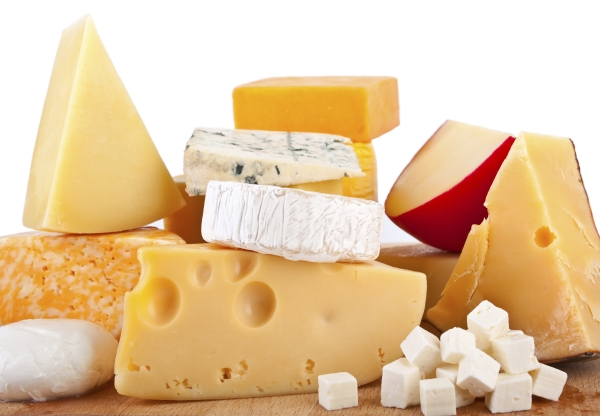

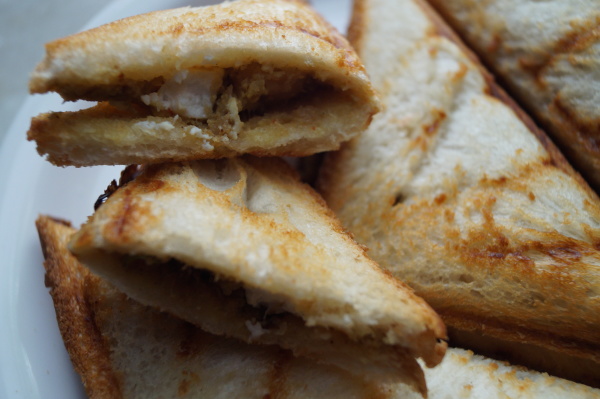












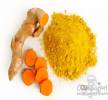
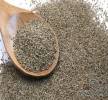


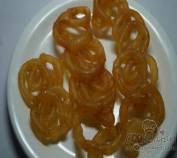
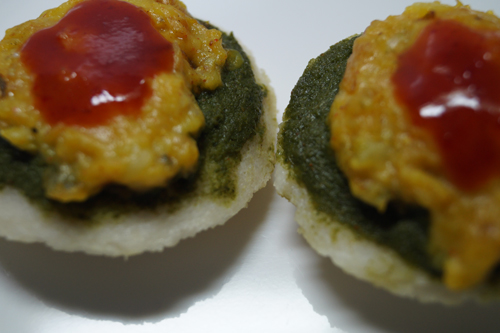





Comments are closed.